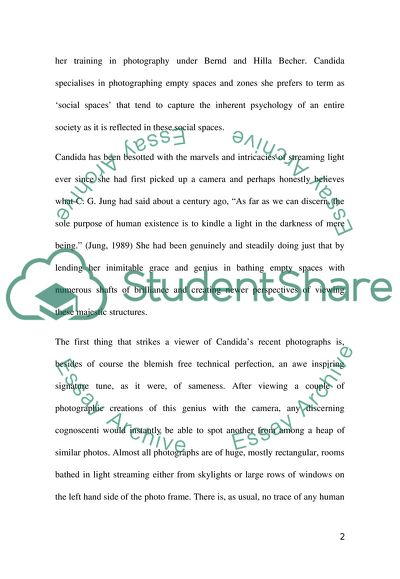Cite this document
(Looking at Light within Candida Hfer and Tadao Andos Works Research Paper, n.d.)
Looking at Light within Candida Hfer and Tadao Andos Works Research Paper. Retrieved from https://studentshare.org/culture/1723773-artist-and-architect-looking-at-light-within-candida-hfer-and-tadao-andos-works
Looking at Light within Candida Hfer and Tadao Andos Works Research Paper. Retrieved from https://studentshare.org/culture/1723773-artist-and-architect-looking-at-light-within-candida-hfer-and-tadao-andos-works
(Looking at Light Within Candida Hfer and Tadao Andos Works Research Paper)
Looking at Light Within Candida Hfer and Tadao Andos Works Research Paper. https://studentshare.org/culture/1723773-artist-and-architect-looking-at-light-within-candida-hfer-and-tadao-andos-works.
Looking at Light Within Candida Hfer and Tadao Andos Works Research Paper. https://studentshare.org/culture/1723773-artist-and-architect-looking-at-light-within-candida-hfer-and-tadao-andos-works.
“Looking at Light Within Candida Hfer and Tadao Andos Works Research Paper”, n.d. https://studentshare.org/culture/1723773-artist-and-architect-looking-at-light-within-candida-hfer-and-tadao-andos-works.


